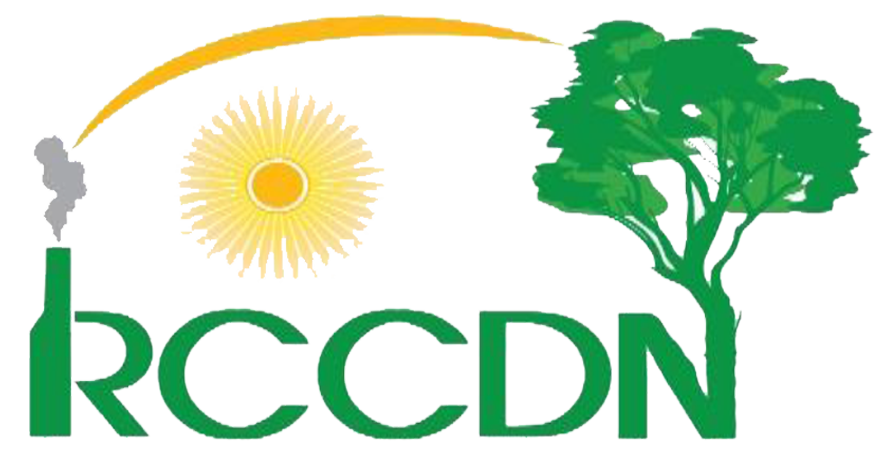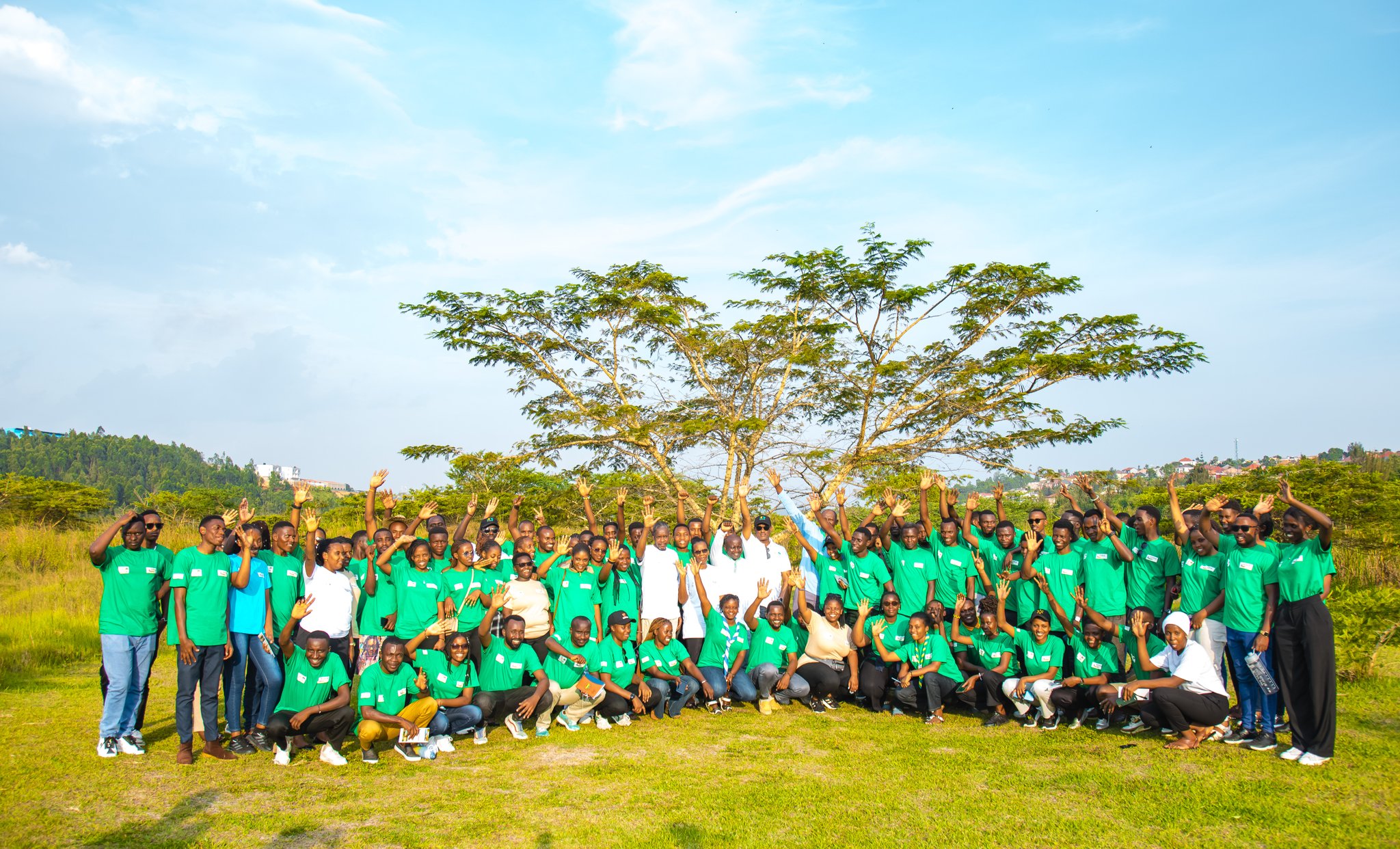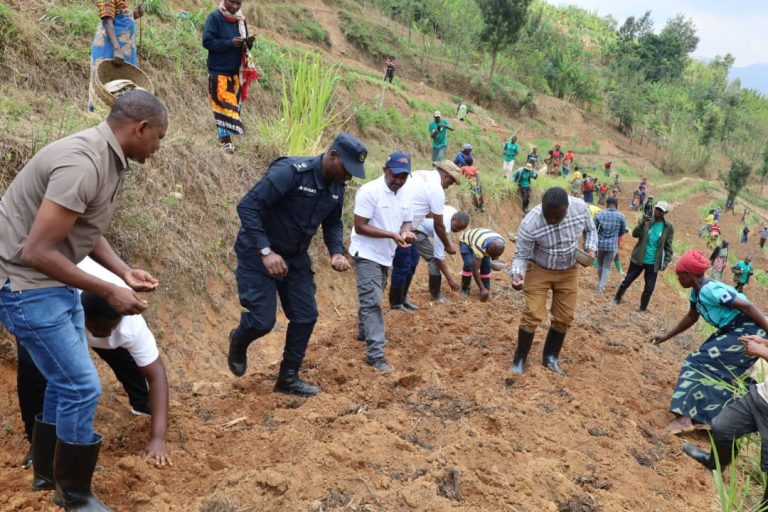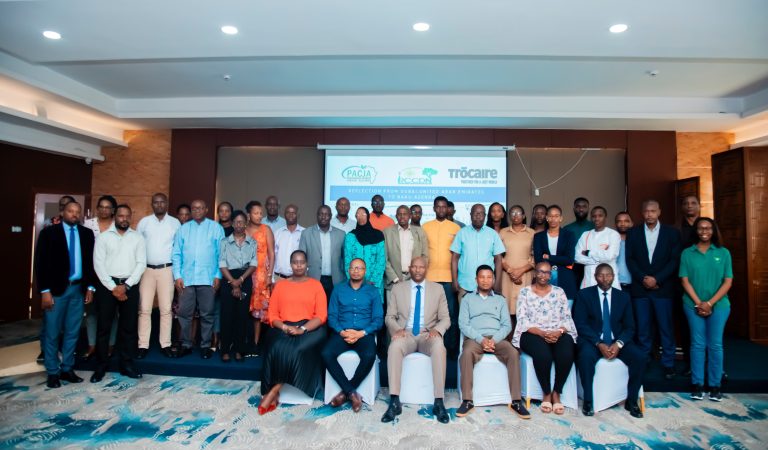In celebration of three decades of environmental restoration and conservation, the Rwanda Environment Management Authority (REMA) organized a transformative five-day tour dubbed “Environment Restoration at 30”. This event brought together a dynamic group of youth stakeholders, including young journalists, members of environmental clubs from higher learning institutions, and youth engaged in NGOs, to explore and witness Rwanda’s remarkable success stories in reversing land degradation, promoting sustainable agriculture, and fostering biodiversity conservation. The tour started on May 27 and ended on May 31, 2024. It highlighted the profound impact these efforts have had on local communities.
Day 1: Rugezi Wetland
The tour began with a visit to the Rugezi Wetland, a place of both ecological and personal significance for many locals. The wetland acts as a natural water reservoir, regulating water flow to downstream rivers and lakes, preventing floods, and maintaining water quality. It provides a habitat for diverse flora and fauna, including endangered bird species such as the Cranes. The RCCDN representative alongside other participants in that tour had the opportunity to see these practices in action and understand the wetland’s role in supporting both the ecosystem and the community’s way of life.
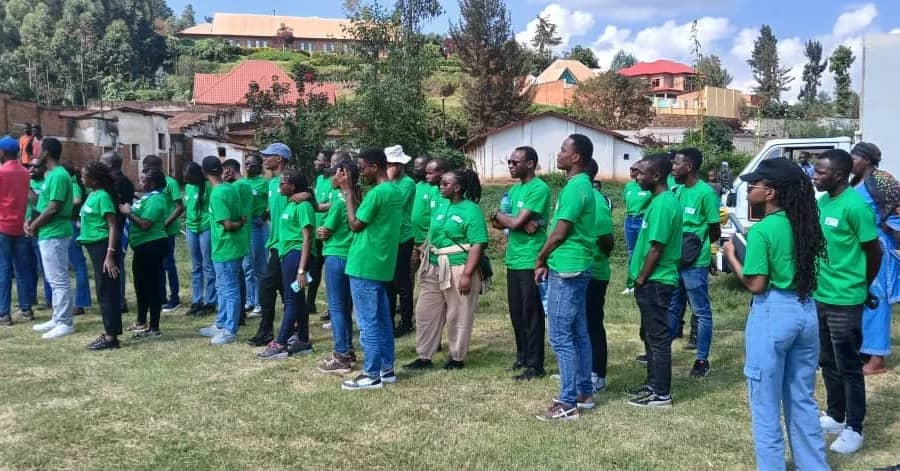
Day 2: Lake Kivu Monitoring Plant
On the second day, there was a visit to the Lake Kivu Monitoring Plant, where the revealers learned about the delicate balance of harnessing methane gas while protecting the lake’s ecosystem. At REMA’s laboratory, experts demonstrated how they monitor methane extraction to prevent environmental hazards and ensure sustainable use. With proper management, it is safer, and fish populations are healthier. The locals that live off fishing as a means of their livelihoods depend on this balance. Seeing this transformation, those who participated gained a deep appreciation for the technical and human aspects of environmental stewardship.
Gishwati-Mukura Forest
As the continuation of the second day, they visited the Gishwati-Mukura Forest, a powerful symbol of Rwanda’s commitment to reforestation and biodiversity conservation. Once heavily degraded, the forest has been restored and now teems with life, home to chimpanzees, numerous bird species, and a variety of medicinal plants, and other important plants and trees.
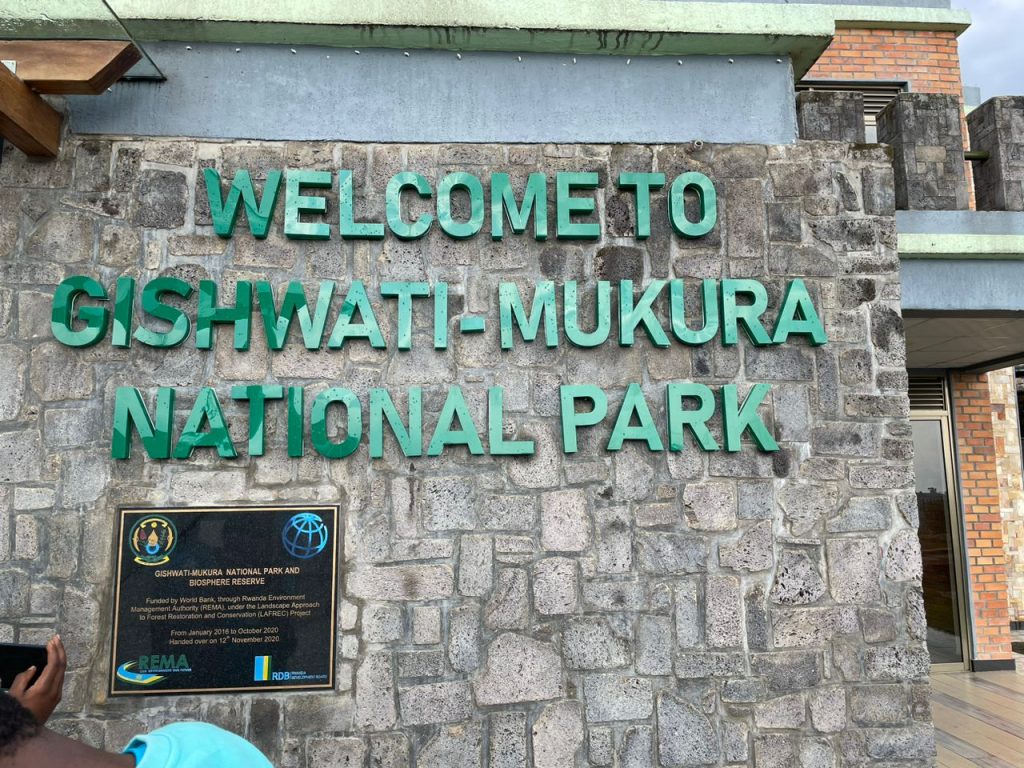
The forest’s revival has impacted many lives of the dweller of the place. Now, with eco-tourism flourishing, they are getting jobs; for instance, being tour guides which is important to them because they are left feeling proud to be part of the Forest’s story and change. The RCCDN representative said that she was moved by these personal accounts, realizing the direct connection between environmental restoration and economic empowerment this brought about.
Day 3: Karongi Environmental Museum and Lake Cyohoha North & Mulago wetland.
The third day offered a diverse itinerary, starting with a tour of the Karongi Environmental Museum. This museum, dedicated to showcasing Rwanda’s rich natural heritage, serves as a vital educational resource. It features exhibits on biodiversity, and conservation efforts. The museum shows the importance of sustainable practices and their benefits to the environment.
Later that day, they went on to visit the rehabilitating Lake Cyohoha North. This lake was once at risk of disappearing due to tenacious drought, silting and human encroachment but is now protected. The rehabilitation efforts included reforestation, soil erosion control, and sustainable agricultural practices.
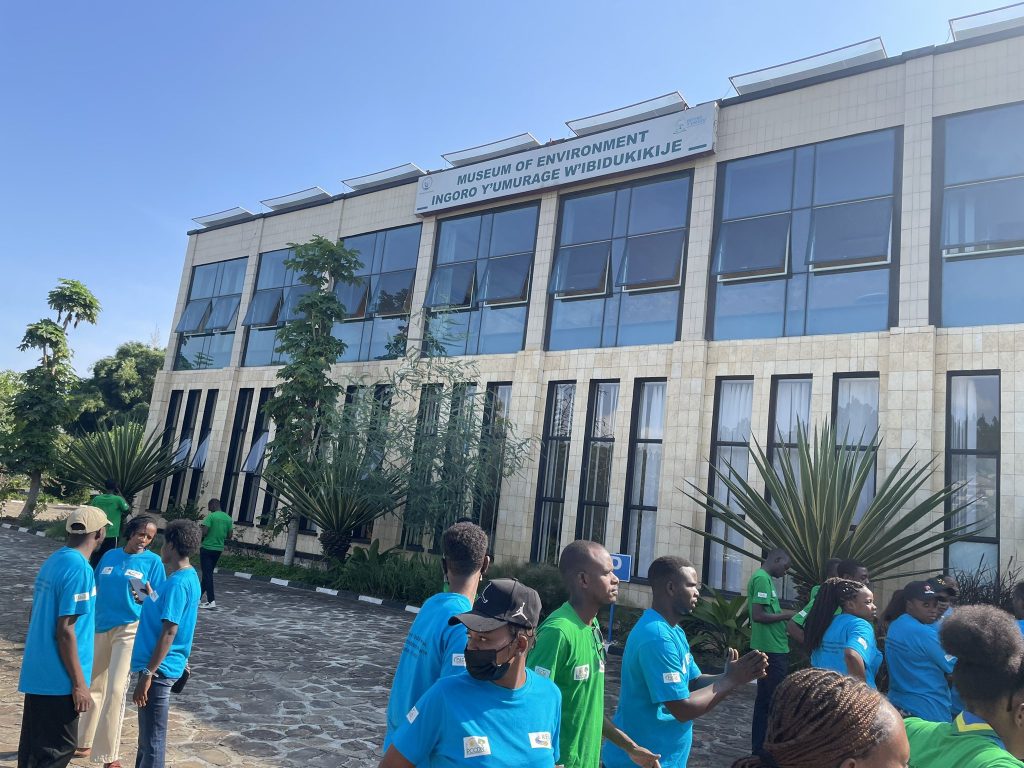
For the local community, these efforts have been life-changing. There was constant water shortages and poor harvests but now, with the lake protected, there is a reliable water source for irrigation, and yields have improved. It’s not just about the environment; it’s about people’s survival and progress.
Day 4: Kibare Market and Workshops
On the fourth day, the youth attending the tour went to Kibare Market in Kayonza District. This market was built to draw people away from trading along the water banks of Lake Kibare that borders with Tanzania, and this has positively impacted both local and international traders and the lake’s health. The market has become a bustling hub of activity, offering a clean and organized space for commerce, which has helped reduce pollution and preserve the lake’s ecosystem.
Day 5: Green Gicumbi
The final day the tour revealers went to visit the Green Gicumbi, a model of successful reforestation and sustainable development. Here, they saw firsthand the achievements made through the reforestation program, resettlement initiatives, and efforts to combat soil erosion and landslides.
These projects have transformed lives. Before, landslides were a constant threat, and farming was difficult. With the reforestation and soil management programs, the land is more stable, and crops are flourishing and more productive. The resettlement program provided safer homes, and the community is stronger and more resilient.
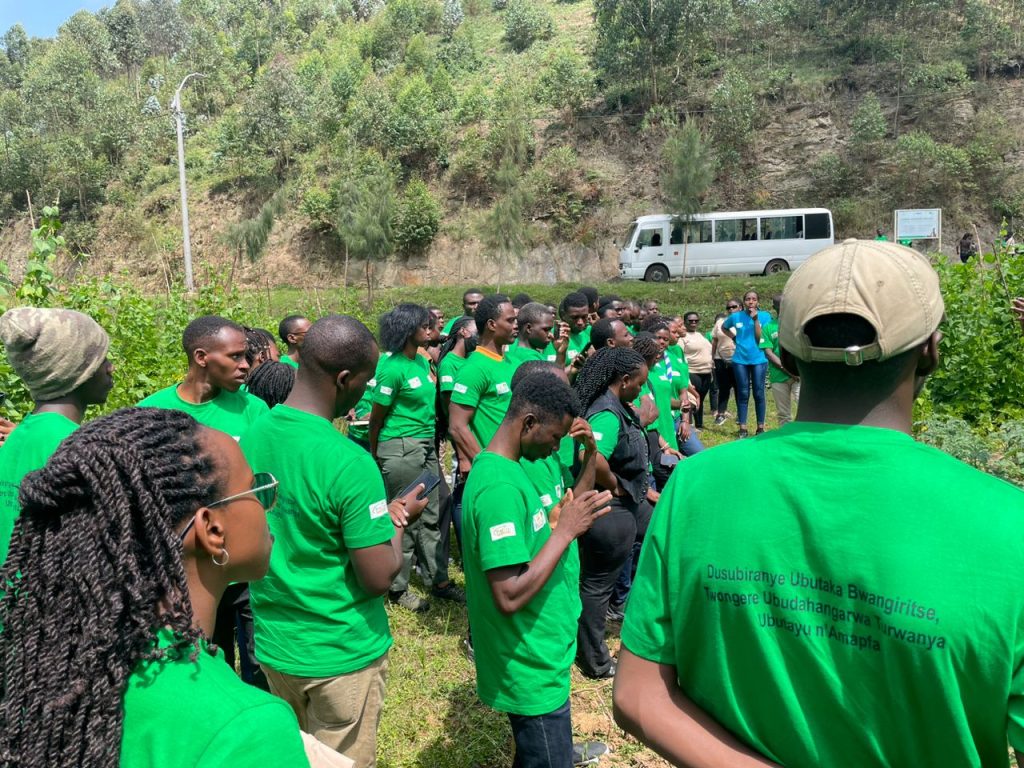
Nyandungu Urban Wetland Ecotourism
On the last day of the tour, the attendees went to visit the Nyandungu Urban Wetland Ecotourism Park, a 120-hectare surface area, a Rwandan tourism park located between Gasabo and Kicukiro Districts, which allows sustainable travel for people to enjoy natural areas and wild animals in Nyandungu Valley.
From there, they visited that wetland, which was transformed into an eco-tourism park, saw various tree species, learnt about different birds that dwell there and got to see some ponds that were named after some rivers in Rwanda.
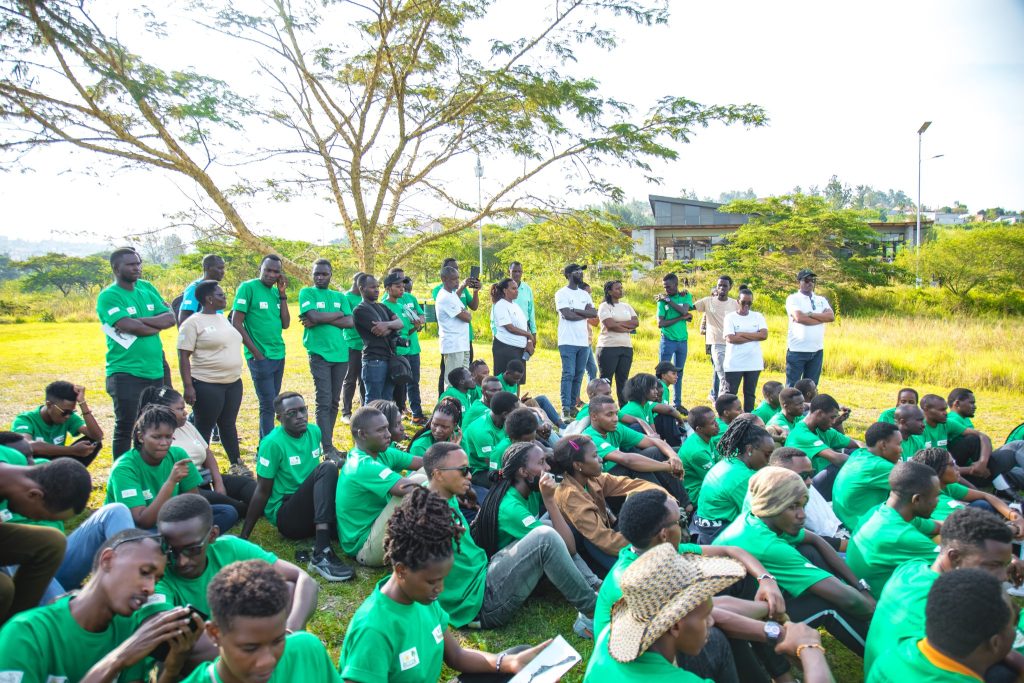
The RCCDN Young Digital Activist who was part of this 5-day tour said, “I was inspired by the tangible benefits of these initiatives, realizing how environmental restoration can lead to improved livelihoods and community well-being. I carry with me the knowledge, inspiration, and commitment to continue the journey of preserving and restoring my country’s natural heritage and ensuring a sustainable future for all.”
Conclusively, “Environment Restoration at 30” not only highlighted Rwanda’s impressive achievements in environmental conservation but also emphasized the human stories behind these successes. By showcasing the personal impacts of the Rugezi Wetland restoration, the sustainable management of Lake Kivu, the revival of Gishwati-Mukura Forest, the rehabilitation of Lake Cyohoha North, the establishment of Kibare Market, and the transformative efforts in Green Gicumbi, the tour underscored the deep connections between environmental health and community well-being.
Written with the help of:
Janet Uwase Mbabazi
